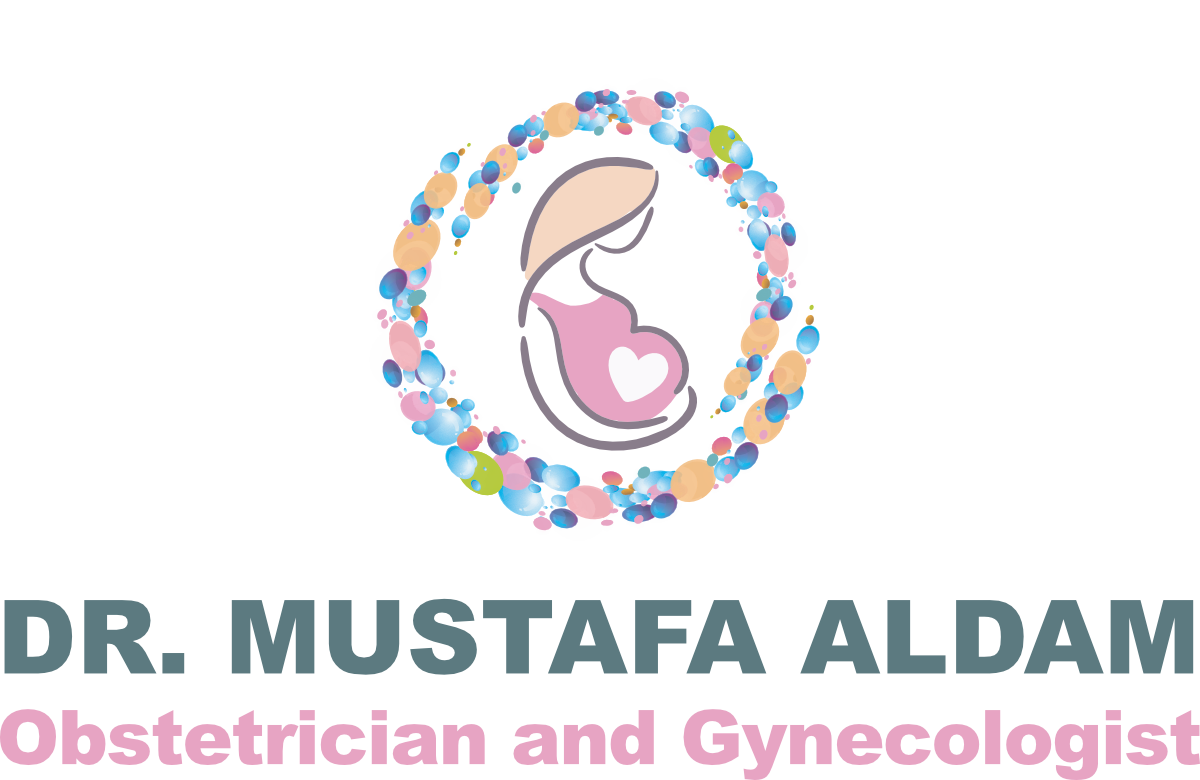What are the first signs of endometriosis?

Understanding Endometriosis
Endometriosis is a condition when uterine tissues grow outside the uterus, on the uterus’s outer wall, or surrounding organs causing inflammation, pain, and scarring. It commonly affects reproductive organs and the peritoneum (a membrane in the abdominal cavity).
The uterine tissue outgrowth on other organs responds similarly to menstrual cycle hormones; thus, they cause pain and cramps. It typically occurs in women in their 30s and 40s. Timely treatment is crucial to alleviate symptoms and prevent complications.
What are the first signs of endometriosis?
The endometriosis signs and symptoms depend on the severity and location of the endometriosis tissues and significantly vary from woman to woman.
Signs and symptoms include:
- Chronic pelvic pain
- Severe, debilitating abdominal cramps
- Pelvic pain, usually worse during a period
- Long periods
- Heavy menstrual flow
- Nausea and vomiting
- Pain/cramping during or after sexual intercourse
- Bowel and urinary disorders
- Painful bowel movements or urination during menstruation
- Infertility
- Chronic fatigue
- Lower back pain that may occur at any time during your menstrual cycle
- Gastrointestinal symptoms
- Painful Periods (Dysmenorrhea)
Also Read: Fibroids vs cysts – How are they detected?
Can endometriosis causes cancer?
According to some research, endometriosis can slightly elevate the risk of certain ovarian cancers, potentially linked to shared genetic and hormonal factors. The increased risk is attributed to high estrogen concentration and gene mutations like ARID1A and BAF250a. However, the overall risk of developing ovarian cancer with endometriosis remains relatively low, with less than 2% of individuals with endometriosis progressing to ovarian cancer.
What are the first signs of endometriosis cancer?
The first signs and symptoms of endometriosis cancer include:
- Irregular menstruation.
- Postmenopausal bleeding.
- Abnormal vaginal discharge.
- Changes to bowel or bladder habits.
Who is at risk of endometriosis, or what risk factors increase the chances of endometriosis?
- Age factor- Endometriosis can affect women of all ages, but it is most commonly observed in women in their 30s and 40s. However, symptoms can start as early as puberty.
- Family history- If you have a family member, such as a mother or sister, with endometriosis, it may increase your risk of developing the condition.
- Pregnancy history- Pregnancy can temporarily alleviate symptoms of endometriosis, and women who haven’t had children may be at a higher risk of developing the disorder.
- Menstrual history- Factors including early menstruation, shorter menstrual cycles, heavier and more extended periods, and later onset of menopause may increase the risk of developing endometriosis. Race and Ethnicity Research data.
- Race and Ethnicity- Racial and ethnic disparities in diagnosis exist. Endometriosis impacts 11% of US women aged 15-44. Hispanic and Black women are less likely to be diagnosed than white women. Asian women are 50% more likely to receive a diagnosis.
Also Read: Understanding Ovarian Cyst Removal: How Soon Can You Get Pregnant After The Procedure?
Endometriosis Treatment
Endometriosis treatment depends on various factors such as age, severity, and preference of treatment by individuals. Some endometriosis treatments include
Pain Medication
Non-steroidal anti-inflammatory drugs (NSAIDs) are commonly prescribed for pain relief. Over-the-counter options like ibuprofen are available, though their effectiveness varies among individuals.
Hormonal Therapy
Hormonal therapy, which includes options like birth control pills, Gonadotropin, Progestin-only contraceptives, and Danazol, is utilized to manage inflammation, cyst formation, and scarring associated with endometriosis. These treatments aim to regulate hormonal fluctuations, preventing the tissue growth linked to endometriosis and alleviating the associated pain.
Surgery
Surgery is employed for endometriosis treatment, offering options like laparoscopic or standard procedures. Conservative surgery aims to address fertility concerns and severe pain by removing or destroying endometrial growths without harming reproductive organs.
In extreme cases, a last-resort total hysterectomy may be performed, involving the removal of the uterus, cervix, ovaries, and visible implant lesions. It’s crucial to note that while a hysterectomy can alleviate endometriosis symptoms, it renders pregnancy impossible.
Radical hysterectomy
A radical hysterectomy is a surgical procedure primarily conducted in the presence of cancer. It involves the complete removal of the uterus, surrounding tissue, cervix, and the upper part of the vagina. This extensive procedure is reserved for cases where cancer is diagnosed.
Lifestyle changes
Manage endometriosis with lifestyle changes:
- Adopt a plant-based diet.
- Reduce alcohol and caffeine.
- Exercise regularly for improved circulation and stress management.
Consult Dr. Mustafa Aldam for Endometriosis treatment in Dubai
Dr. Mustafa Aldam is amongst the rare male board-certified, highly skilled gynecologists in Dubai with over 20 years of experience.
His fields of specialization are cesarean delivery, general gynecology, cosmetic gynecology, Infertility solutions, high-risk pregnancy, Gynaecological Laparoscopic Surgeries, natural pregnancy, and delivery handling.
